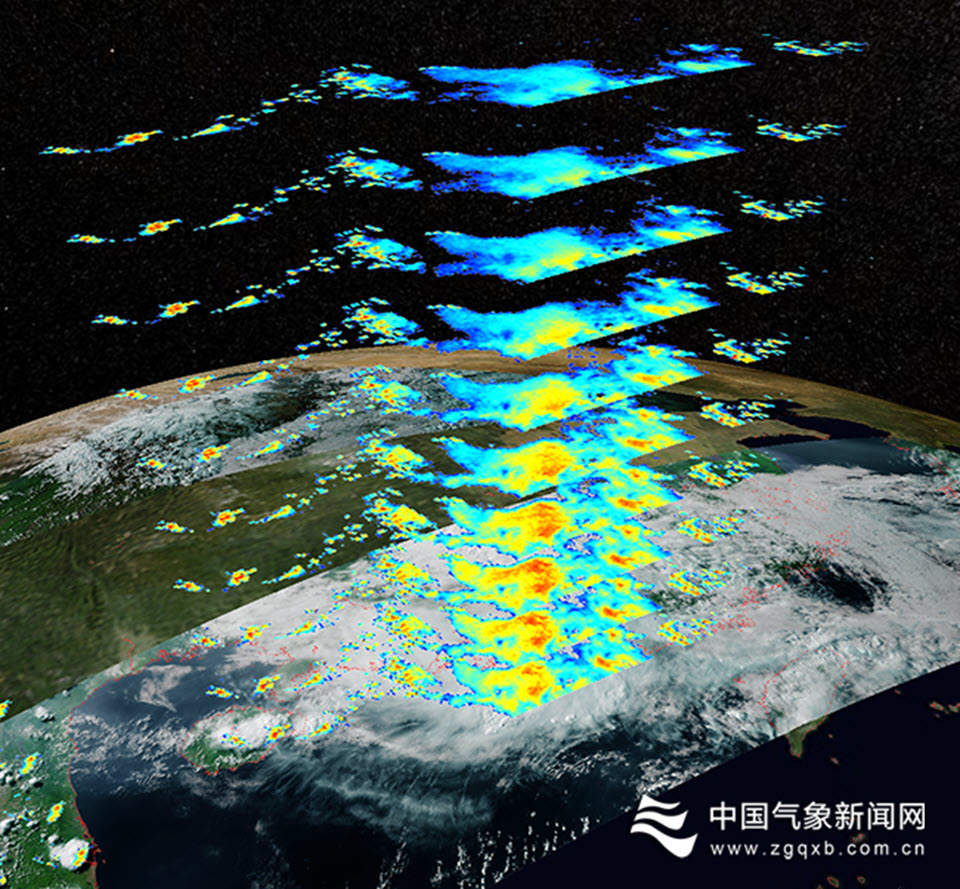
China is again experiencing record-breaking heat early in the crop cycle, impacting Yunnan and several other tea-growing provinces.
The country has experienced several heat waves since March, with Yunnan in Southwestern China recording 40 Celsius highs. Northern provinces Jinan and Tianjin are seeing temperatures soar to 37C (about 98 degrees Fahrenheit).
Kunming, the capital of Yunnan, had recorded only 8 millimeters of rain through April. According to state broadcaster CCTV, the province has seen only 35 millimeters of rain since the first of the year, the lowest total since record-keeping began.
In its latest assessment, the World Meteorological Organization, WMO predicts a strong likelihood of the El Niño weather pattern returning later this year. The current La Niña pattern has moderated temperatures over the past three years. WMO said the change would most likely lead to a new spike in global heating.
A study published in Nature Reviews Earth found that sea surface temperatures and variability increased after 1960 in the Southern Oscillation (ENSO). El Niño and La Niña events are more frequent and more extreme. The CSIRO study found that El Niño events have doubled, and strong La Niña increased nine-fold.
Lead researcher Wenju Cai said that “Global warming makes the impact of these events more extreme because a warmer atmosphere holds more water, so when it rains, it rains harder, and evaporation is higher, making droughts more severe, their onsets earlier and harder to get out,” he said.


